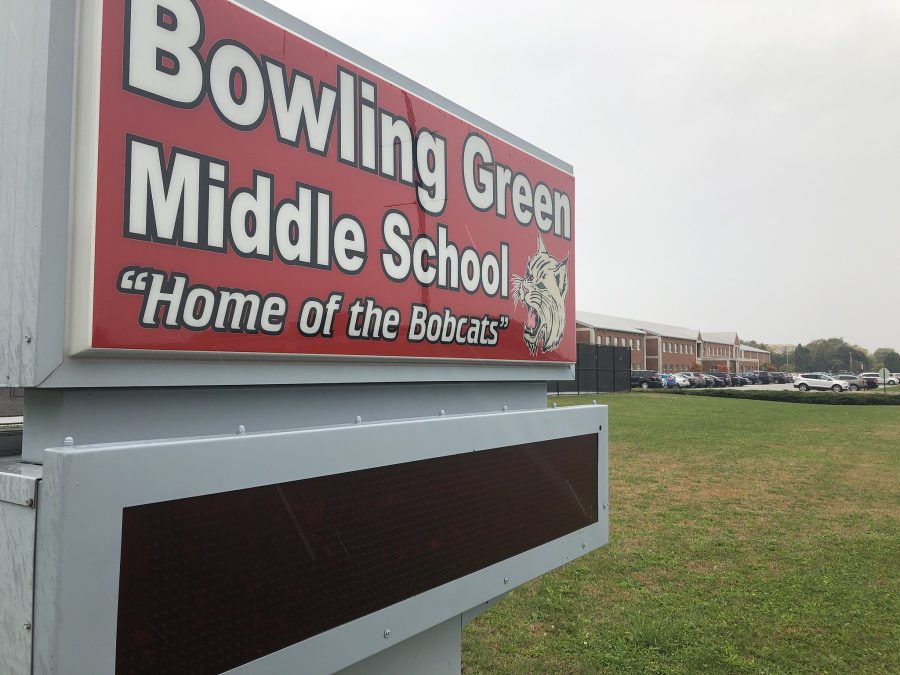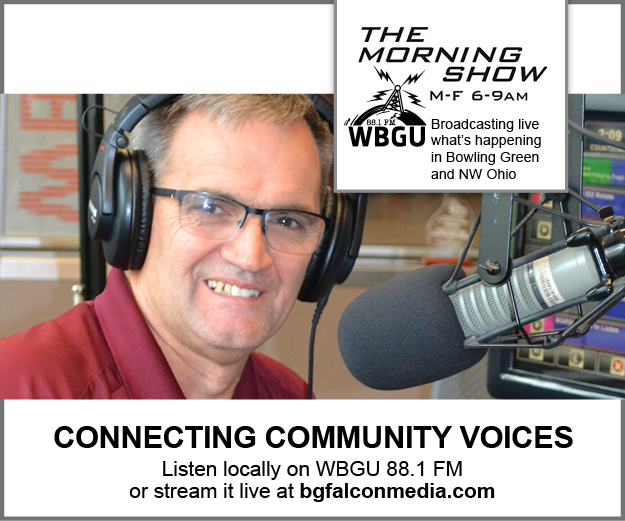Best Album:
Bob Dylan’s Highway 61 Revisited (1965)
Imagine if a master chef prepared a table full of all your favorite foods, but you were only allowed to eat one of them. After plenty of deliberation, you could probably make a choice, but it wouldn’t stop the other foods in front of you from smelling great.
Such is the dilemma in trying to select just one album as the “very best” from quite possibly the most celebrated five year span in pop music history. When push comes to shove, you can jot down a title, but odds are, you will never be completely satisfied with your decision. No matter how good your choice may be, all those other albums just sound way too good to ignore.
So, this week’s album of the era could easily be accompanied by an asterisk, or a question mark or any other indicator of the fact that I couldn’t really make up my mind. Nevertheless, I clearly managed to write something down, and that something is Bob Dylan’s Highway 61 Revisited.
So why, after the years of the British Invasion, Motown and psychedelia, would a Bob Dylan album rise to the top? Well, it may not be as beloved as the Beatles’ Sgt. Pepper (1967), as beautiful as the Beach Boys’ Pet Sounds (1966) or as mind blowing as the Jimi Hendrix Experience’s Are You Experienced? (1967) but there is still a valid argument for classifying Highway 61 Revisited a notch above its peers.
If anything, Dylan’s closest competition in this somewhat unnecessary little contest could be himself, as many critics rate Blonde on Blonde (his 1966 album) as his true masterpiece.
Nonetheless, having been released a year earlier, Highway 61 is significant not only for the undeniable greatness of its songs, but for the immeasurable influence it had on almost every rock album that followed it.
In the early sixties, Dylan had been the darling of the folk music world, armed only with an acoustic guitar and a series of hit protest songs in the style of Woody Guthrie. Never content in any particular niche, however, Dylan went electric in 1965, sparking plenty of backlash from his established fan base. On Highway 61 Revisited, he enlisted the help of master blues guitarist Mike Bloomfield and first-time keyboard player Al Kooper to give the album its vibrancy and edginess. Dylan was now a full fledged rock poet, and it didn’t take the rest of the world too long to recognize the brilliance of his new direction.
It didn’t take his fellow artists too long to notice, either. On many of Highway 61’s classic tracks, you can hear hints of some of the great music on the horizon in the late sixties. “Like a Rolling Stone,” the opening track and one of the greatest songs of all-time, showed songwriters like John Lennon and Mick Jagger how a pop song could be lyrically complex. “Tombstone Blues” and the title track helped set the groundwork for the garage rock stylings of Lou Reed and the Velvet Underground. The biting social commentary of “Ballad of a Thin Man” helped usher in a bolder type of protest music for artists like Marvin Gaye and Crosby, Stills and Nash.
There can be little doubt, as well, that Jim Morrison and Jimi Hendrix were listening carefully to the surreal, poetic musings of the album’s epic finale, “Desolation Row.”
All in all, an awful lot of rock ‘n’ roll roads seem to intersect at Highway 61. So, why not rank it the best of its time? Even Dylan himself once said, “I’m never gonna be able to make a record better than that one.” So if you disagree, put the blame squarely on Bob’s shoulders.


















